In the field of precision manufacturing of medical equipment, injection pressure, as a core process parameter, directly affects the molding quality of high-precision medical plastic parts such as catheter connectors and implant housings. This article will systematically analyze the key role of injection pressure in medical injection molding from three dimensions: the physical mechanism of pressure transmission, the logic of process control, and the special requirements of medical scenarios.
I. The Physical Essence and Transmission Mechanism of Injection Pressure
1.1 The Dual Roles of Injection Pressure
Injection pressure is essentially the pressure (unit: MPa) that the hydraulic system of an injection molding machine converts mechanical energy into the kinetic energy of melt flow through the screw. Its physical formula is:
Pinjection=AscrewPhydraulic×Aoil cylinder
where Phydraulic is the system oil pressure, and Aoil cylinder and Ascrew are the piston area of the oil cylinder and the cross-sectional area of the screw, respectively. Since the area of the oil cylinder piston is usually much larger than that of the screw, the system oil pressure (such as 140 - 160 bar) can be amplified to an injection pressure of over 2000 bar, creating a "pressure amplification effect."
1.2 The Stage-Specific Characteristics of Pressure Transmission
-
Filling Stage: Injection pressure serves as the "initial driving force" and needs to overcome the resistance of the melt from the barrel through the main runner, sub-runner, and into the cavity. At this stage, the pressure curve should rise steadily. Abnormal peaks may indicate runner blockage or poor venting.
-
Packing Stage: Pressure switches to an "active control variable" and maintains cavity pressure to compensate for melt shrinkage during cooling. The packing pressure is usually 50% - 65% of the injection pressure. Excessive pressure can lead to the accumulation of internal stress, while insufficient pressure can cause sink marks.
1.3 The Critical Role of Cavity Pressure
Cavity pressure is the pressure directly acting on the product, and its value depends on the material viscosity and mold resistance:
-
Low-viscosity materials (e.g., PE): Cavity pressure is 10 - 20 MPa, suitable for manufacturing simple products such as infusion bags.
-
Medium-viscosity materials (e.g., ABS): Cavity pressure is 30 - 50 MPa, used for injection pump housings and other components requiring surface finish.
-
High-viscosity materials (e.g., PC): Cavity pressure needs to be 60 - 70 MPa to ensure the transparency and mechanical properties of miniature parts such as cardiac stents.
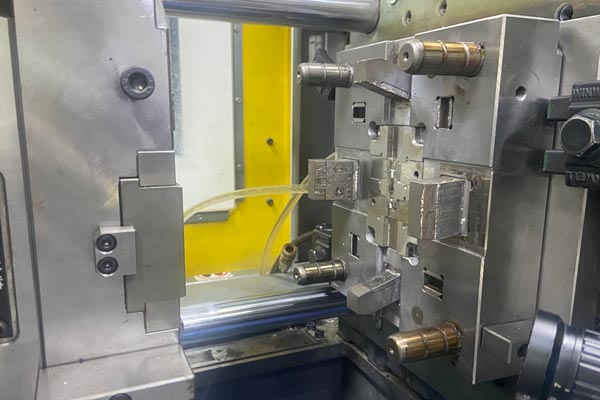
II. The Logic of Pressure Control in Medical Injection Molding
2.1 The Multi-Level Pressure Control System
Medical injection molding generally adopts a three-level pressure control system:
-
Primary Injection Pressure (filling stage): Dominated by speed, the hydraulic pressure is adjusted in real-time to overcome flow resistance. For example, when injecting PC material, the initial pressure can reach 180 - 250 MPa to break through high-viscosity resistance.
-
Secondary Packing Pressure (compensation stage): The pressure drops to 60% - 70% of the injection pressure and continuously supplements the melt. When producing disposable syringes, the packing pressure needs to be precisely controlled at 80 - 100 MPa to avoid flash.
-
Tertiary Back Pressure Control (plasticizing stage): A back pressure of 0.5 - 2 MPa is generated by the reverse rotation of the screw to ensure uniform dispersion of color masterbatch and prevent the degradation of medical-grade materials.
2.2 Dynamic Pressure Adjustment Strategies
-
Material Property Adaptation: PE material is sensitive to temperature due to its melt viscosity. A "high-temperature and low-pressure" strategy can be adopted (increase the melt temperature by 10℃ and reduce the injection pressure by 15%) to ensure product quality. For high-viscosity materials like PPO, an injection pressure of 140 - 180 MPa is required to ensure filling.
-
Mold Structure Compensation: For deep ribs and thin-walled structures (e.g., endoscope lens holders), a pressure gradient control method can be used. The pressure near the gate is increased by 20%, and the pressure at the far end is reduced by 15% to balance shrinkage uniformity.
-
Process Window Optimization: On the premise of ensuring a product density of ≥0.98 g/cm³, adopting a "high-temperature and low-pressure" strategy can extend the mold life by more than 30%.
III. Special Pressure Requirements in Medical Scenarios
3.1 The Pressure Sensitivity of Biocompatible Materials
Medical-grade PPSU (polyphenylsulfone) material, when injected at 280 - 320℃, will experience molecular chain breakage and generate potentially toxic substances if the pressure exceeds 120 MPa. Therefore, a segmented pressure application method is required:
-
Initial filling: 80 MPa for rapid mold filling
-
Middle packing: 60 MPa to maintain flow
-
Final compaction: 40 MPa to eliminate air bubbles
3.2 Ultra-Precision Control for Miniature Medical Parts
When producing micro-catheter connectors with a diameter of 0.5 mm, the following measures are needed:
-
Ultra-high-pressure injection: 250 - 300 MPa to ensure melt filling of micrometer-scale runners
-
Pulsed packing: Alternately apply 120 MPa and 80 MPa pressure in 0.1-second cycles to eliminate weld lines
-
Vacuum assistance: Draw a vacuum to -0.08 MPa during the packing stage to reduce trapped air defects
3.3 Special Requirements for Sterile Packaging
The production of syringe caps needs to meet the following requirements:
-
Low-pressure molding: Injection pressure ≤60 MPa to prevent cap deformation
-
Rapid packing: Complete pressure switching within 0.3 seconds to avoid material overheating and degradation
-
Residual stress control: Immediately perform annealing at 80℃ after packing to reduce internal stress to ≤3 MPa
IV. Practical Challenges and Solutions in Pressure Control
4.1 Management of Deviations between Actual and Set Pressures
-
Ideal state: The actual pressure is 50% - 80% of the set pressure. For example, when the set pressure is 200 MPa, the actual pressure should be stable at 100 - 160 MPa.
-
Abnormal handling:
-
If the actual pressure continuously approaches the set pressure, check whether the melt temperature is too low (increase it by 10 - 15℃) or whether the gate size is too small (enlarge it by 20%).
-
If the actual pressure fluctuates by more than 15%, check for wear of the non-return ring (which causes melt backflow) or unstable hot runner temperature (the temperature difference should be controlled within ±2℃).
4.2 Compliance Requirements for Medical Certification
FDA 21 CFR 820.70(i) stipulates that medical injection molding equipment must have:
-
Pressure sensor accuracy: ±0.5% FS (full scale)
-
Data recording function: Record pressure values every 0.1 second and store them for at least 5 years
-
Alarm threshold setting: Immediately trigger a shutdown when the actual pressure deviates from the set value by ±10%
V. Future Trend: Intelligent Pressure Control Systems
With the miniaturization of medical equipment, intelligent pressure control technology has become crucial:
-
AI pressure prediction: Use machine learning to analyze historical data and predict pressure fluctuations 0.5 seconds in advance.
-
Closed-loop servo control: Adopt electric injection molding machines to achieve a pressure control accuracy of ±0.1 MPa.
-
Multi-material co-injection: Dynamically adjust the injection pressure ratio of two materials (e.g., PE:PC = 1:1.5) when producing combined medical devices.
In the field of medical injection molding, the control of injection pressure has shifted from experience-driven to data-driven. By precisely analyzing the pressure transmission mechanism, establishing a multi-level control system, adapting to the properties of medical materials, and combining intelligent monitoring technology, high-quality molding of medical parts ranging from millimeter-scale catheters to micrometer-scale implants can be achieved. In the future, with the integration of additive manufacturing technologies such as 4D printing with traditional injection molding, pressure control will move towards a more microscopic and intelligent new stage.
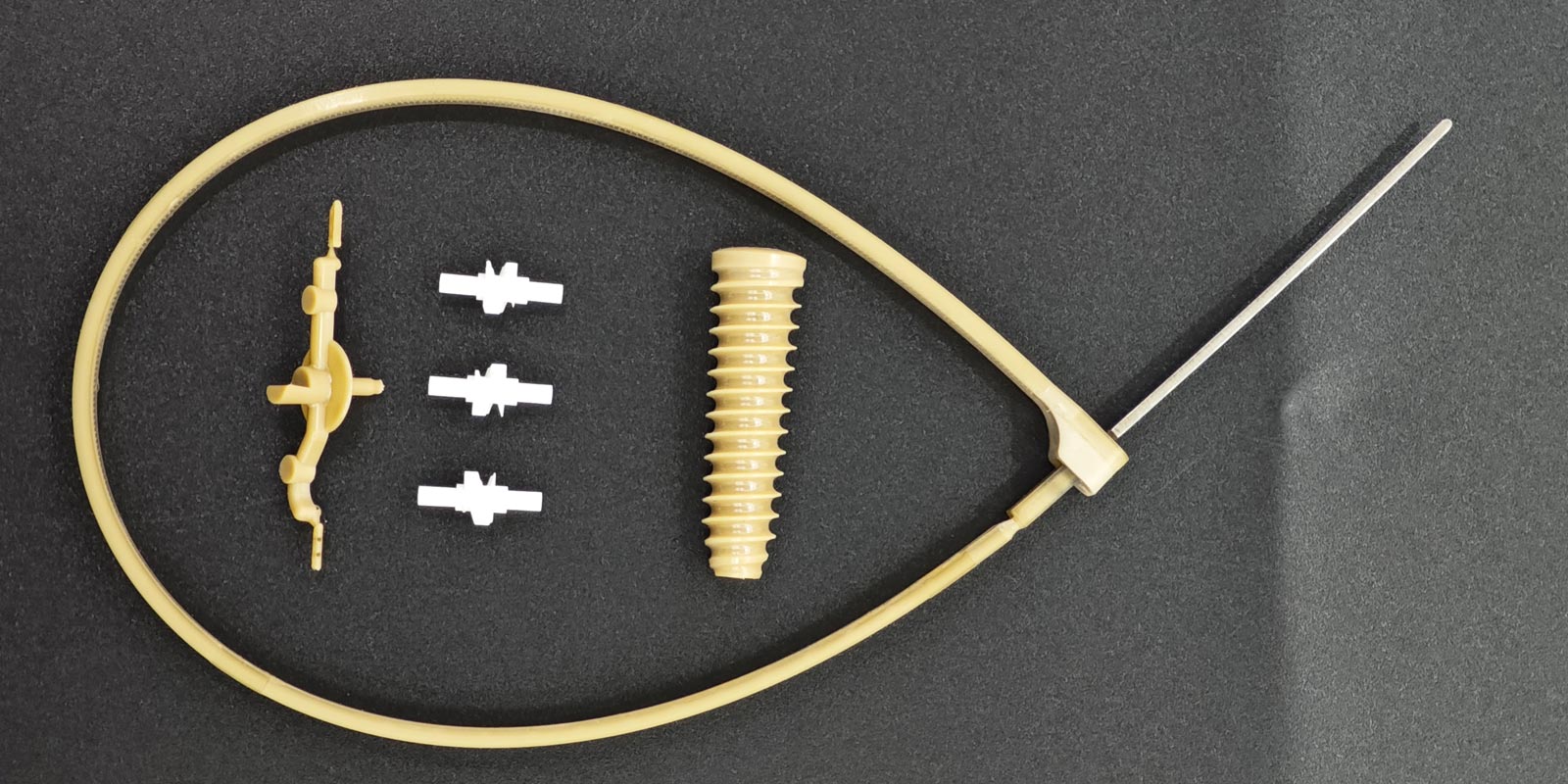
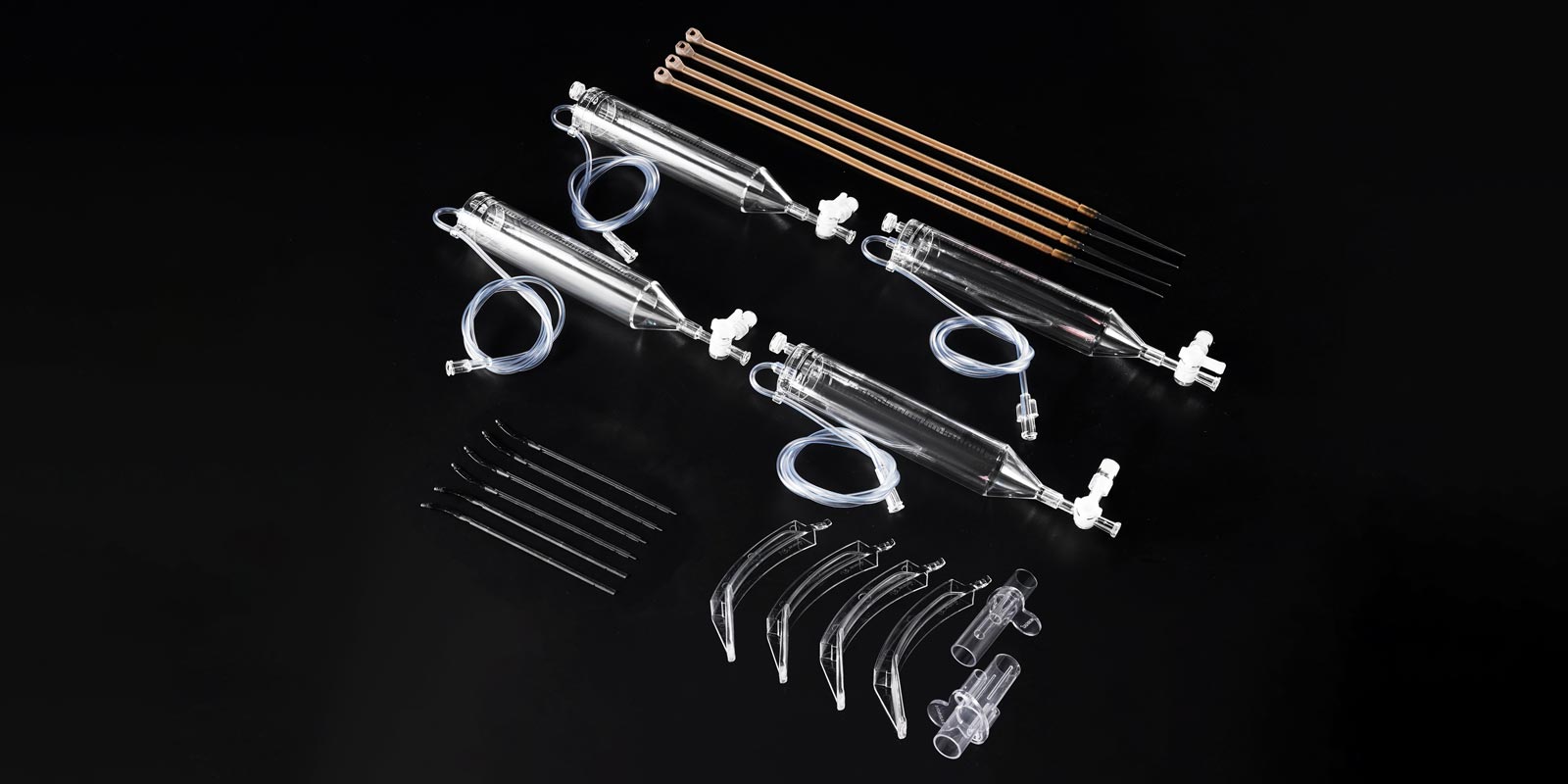

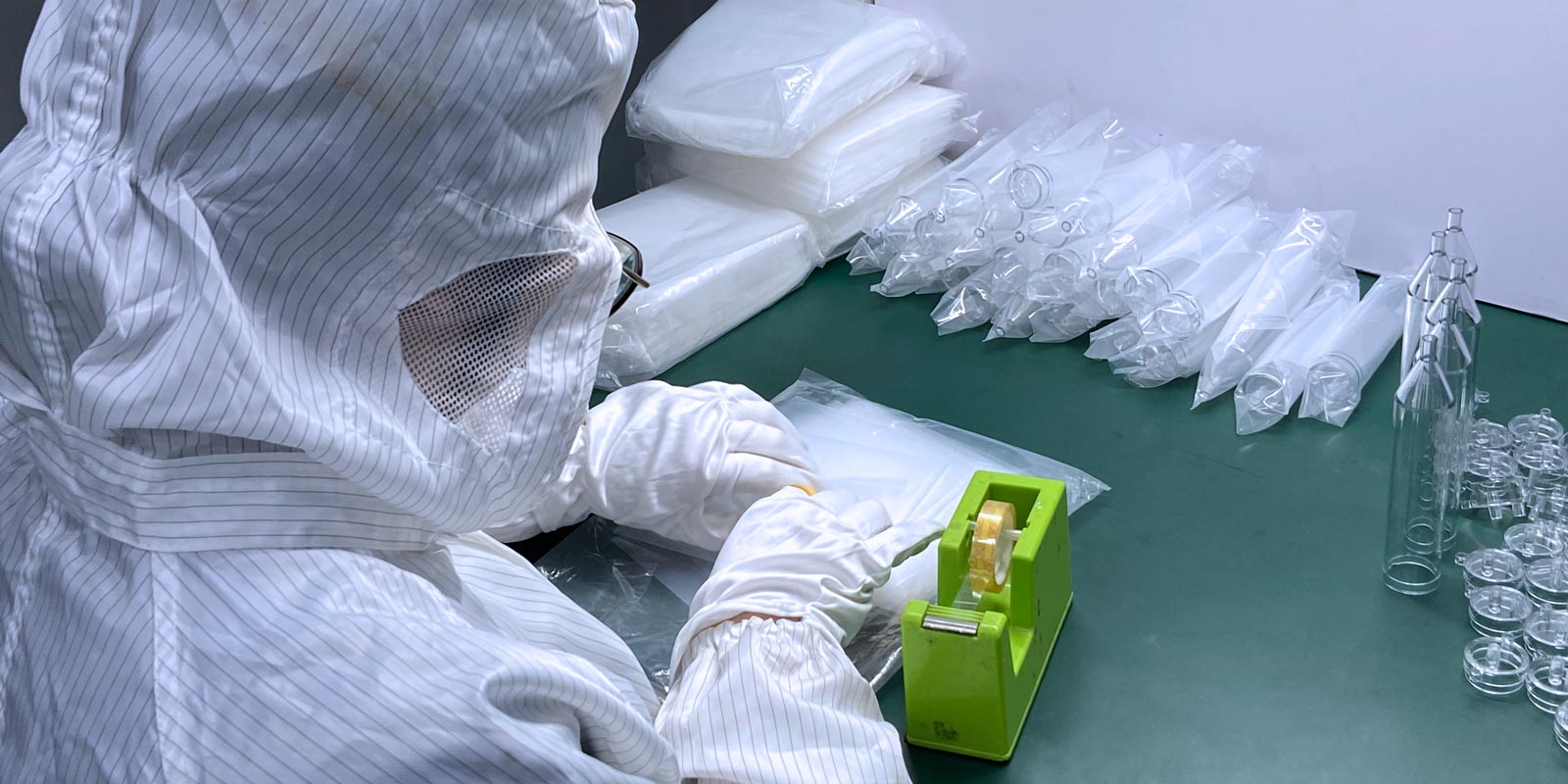
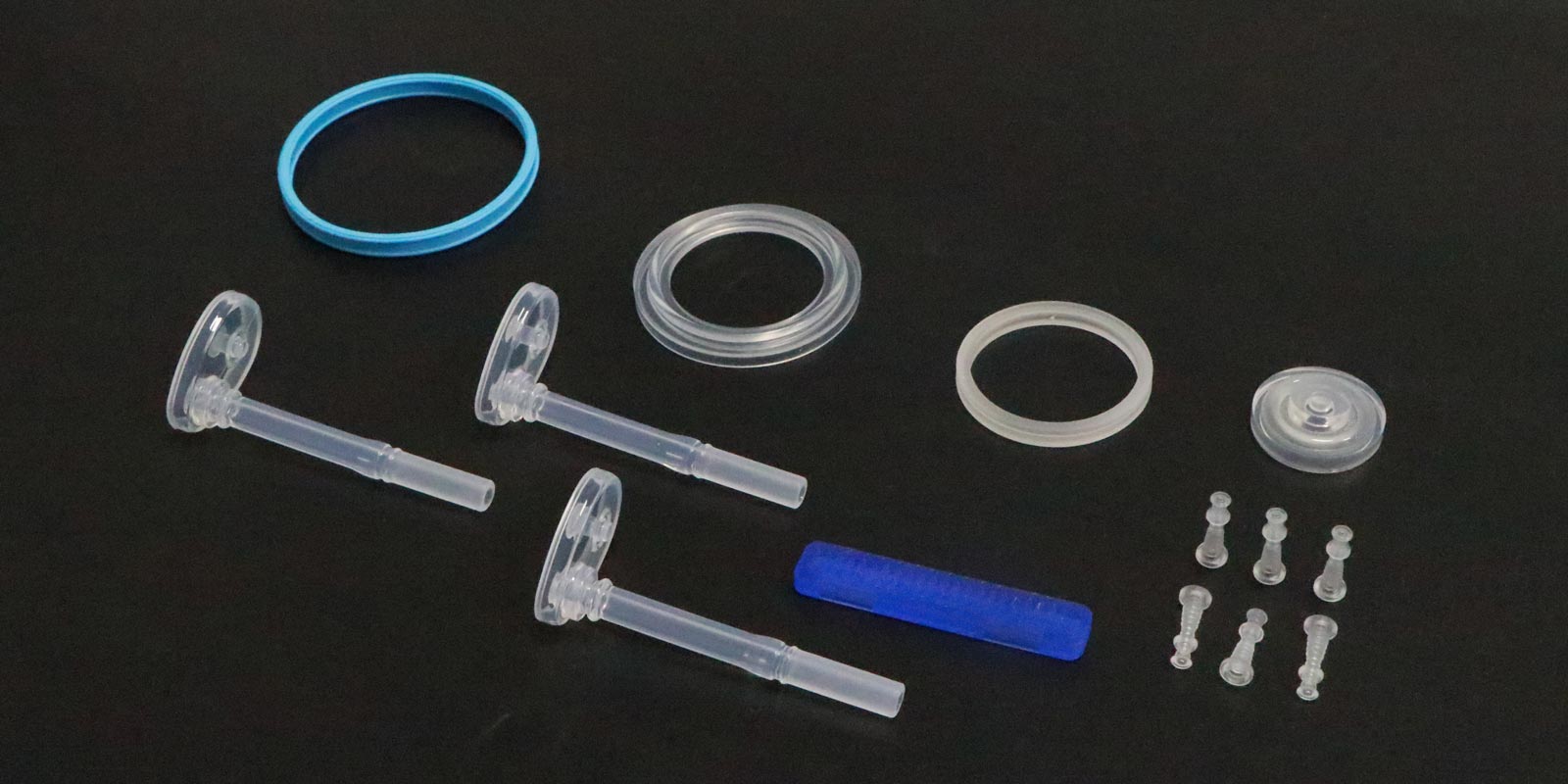


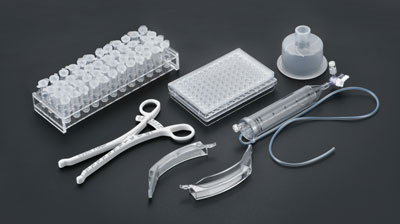
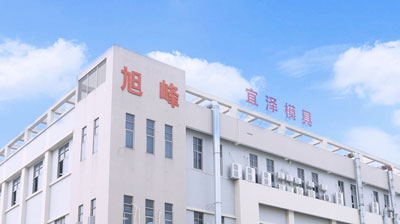







 Home
Home
